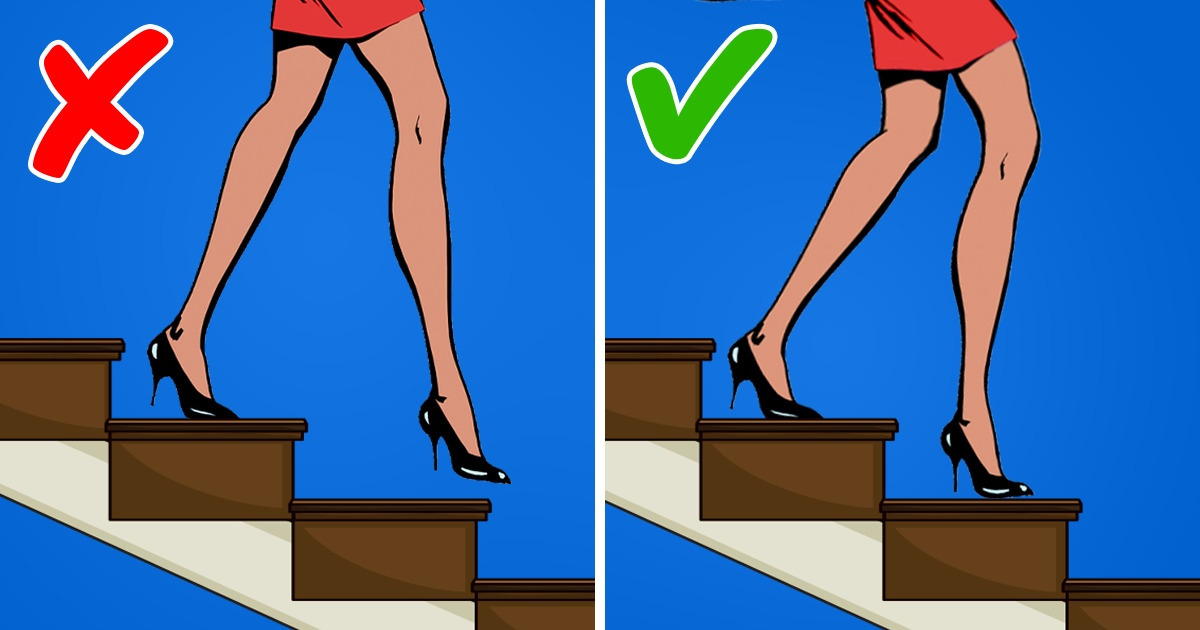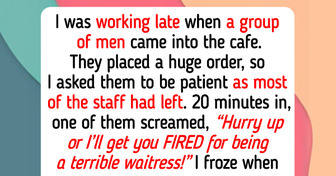12 Movie Scenes Actors Would Like to Forget Like a Bad Dream


Our walk is a complicated process: each step involves our nervous system and skeletal system, and it’s so automatic, that we even don’t notice it. Some superstitions claim that someone’s walk can reveal a lot of things about them. There are 7 quirks that can indicate something more serious is going on, and they’ve even been confirmed by scientific research.
Bright Side found out what our walk could reveal about potential hidden health problems. If you notice any of these traits in yourself, friends, or relatives, maybe suggest they visit a doctor.
Possible reasons: problems with knees or hips. When we make a step forward, our knee should straighten. If it’s difficult to straighten your leg, it may mean you have joint problems. Resulting in the smaller amplitude of a step.
A doctor visit is recommended to examine the knee and hip joints. If you skip visiting a doctor, you could experience back pain because of the load put on the lower back.
Possible reason: arthritis in the knee. If a someone’s walk is unsteady, it’s impossible to lean on one leg. Sometimes a person can lose balance, especially if the knee gets “locked.” This is very dangerous because the knee can “lock” at an inopportune moment and a person can fall down and get injured. An unsteady walk is a signal that a doctor should examine the knee.
Possible reason: back problems. When we take a step with our right leg, the left side’s torso muscles work as stabilizers and we put our left hand forward. This principle works for each step.
If the amplitude of your arms swing is small, you might be having problems with your back: like spinal disc herniation or another disorder. If you feel stiffness in your hands when you walk, it’s suggested that you visit an orthopedist or a neurologist.
Possible reasons: multiple sclerosis, neurological disorders, muscle problems. Instead of lifting your leg and gently putting your foot down, you slap your foot down onto the floor. This could be happening for the following reasons: muscular dystrophy, a pinched nerve, back problems, or multiple sclerosis.
Possible reasons: a head injury. If you notice that it’s difficult for a person to keep balance and they lean a bit when they walk, don’t jump to conclusions that the reason is alcohol. It can also be a consequence of injury. Also something to watch for, after a head injury, a person can experience dizziness when they go up or down the stairs.
Possible reasons: depression. When watching a depressed person, we notice: vertical head movements, upper trunk swinging, slow short steps, and slow arm movements. If a person feels sad, you can walk along with them and help them speed up. We change our mood when we change our walking speed.
One possible reason for a springing walk is stiff calf muscles. Women wearing high heels and both men and women who don’t pay attention to stretching after workouts could end up with stiff calf muscles and therefore a springing in their step. If we don’t stretch our muscles, this quirk can lead to a knee or ankle injury.
When you walk down the stairs, try to keep a bend your knees so that your legs are not completely straight. Notice how animals do that when they walk downhill. It helps to keep knees healthy by reducing joint pressure.
One more piece of advice for you: the faster you walk, the longer you live.
Scientists examined 34,485 people over the age of 65 and found out those who walked faster, lived way longer. People whose walking speed was more than 1.2 m/s, lived longer than the others. Your fast pace can prolong your life.
One’s walk depends on lots of factors (even socio-cultural ones.) What’s your walk like, are you slow or fast?











